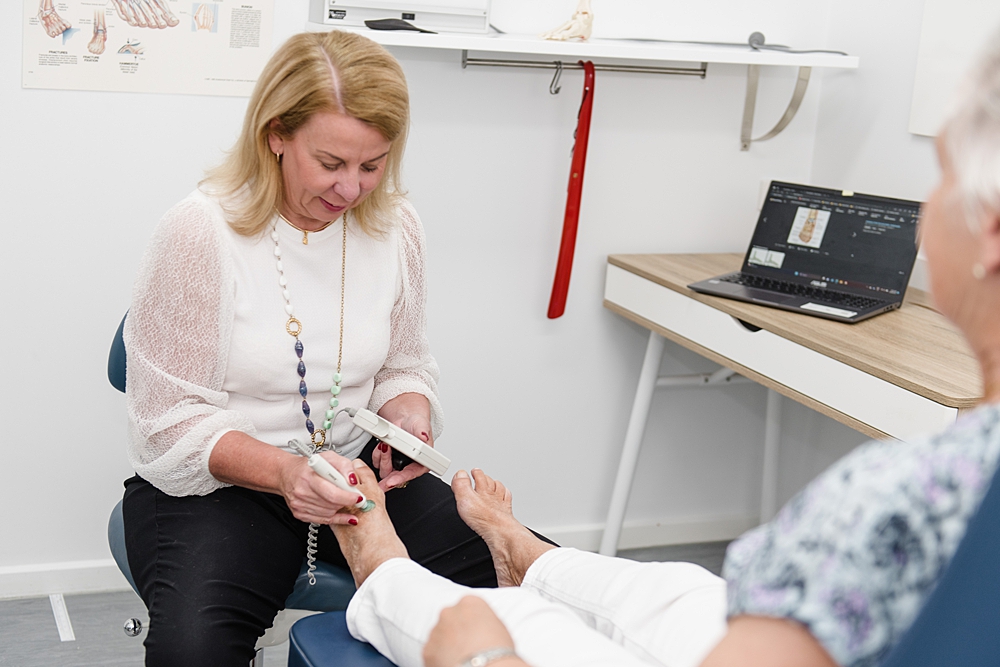Shockwave Therapy
Before beginning this course of treatment, the pain and underlying cause must be assessed. Shockwave therapy is best used after exercising other treatment options such as stretching, muscle exercises, new footwear, and taping. It is essential to take the advice of your Podiatrist to ensure a successful treatment outcome.
Mechanism of Action
How is Shockwave used?

Are there any side effects?
HERE AT HIGHETT PODIATRY WE OFFER SHOCKWAVE THERAPY AS ONE OF OUR MANY TREATMENT MODALITIES FOR CHRONIC AND ACUTE SOFT TISSUE INJURIES OF THE FOOT AND ANKLE.
Always Consult A Trained Professional
The information in this resource is general in nature and is only intended to provide a summary of the subject matter covered. It is not a substitute for medical advice and you should always consult a trained professional practising in the area of medicine in relation to any injury or condition. You use or rely on information in this resource at your own risk and no party involved in the production of this resource accepts any responsibility for the information contained within it or your use of that information.
